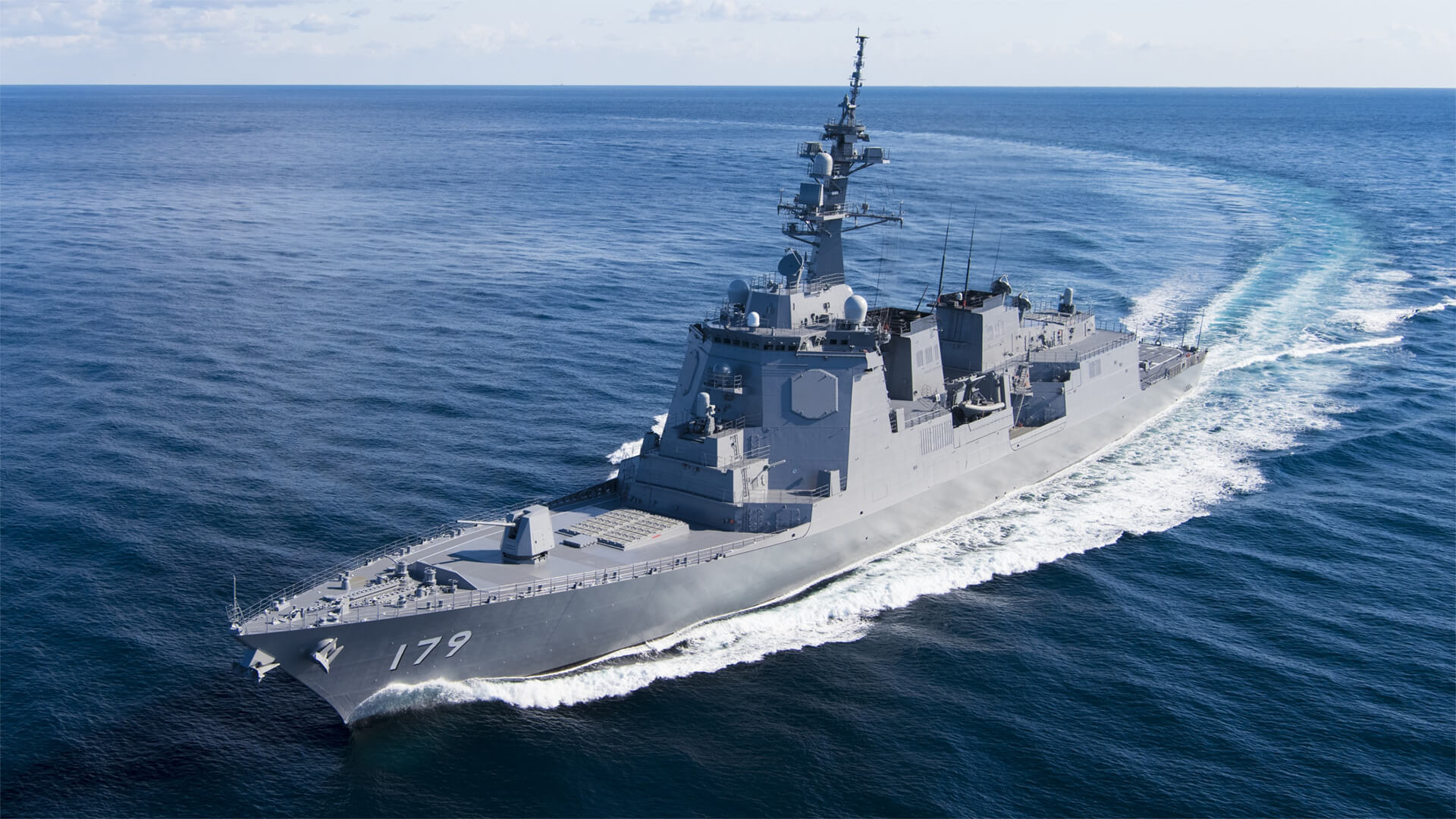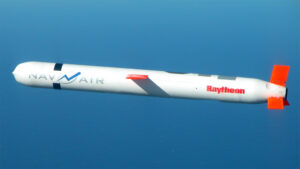The Japanese Navy is getting a face lift with the conversion of the Izumo-class destroyers into small supercarriers capable of holding F-35s (compliments of the US).
This marks Japan’s return to full-scale naval aviation and is a reflection of the overall strategic shift in Japan’s military posture. With regional affairs growing more dicey by the day (ahem, China), Japan is straightening out its military posture and looking to play a more assertive role.
Here at Zeihan On Geopolitics we select a single charity to sponsor. We have two criteria:
First, we look across the world and use our skill sets to identify where the needs are most acute. Second, we look for an institution with preexisting networks for both materials gathering and aid distribution. That way we know every cent of our donation is not simply going directly to where help is needed most, but our donations serve as a force multiplier for a system already in existence. Then we give what we can.
Today, our chosen charity is a group called Medshare, which provides emergency medical services to communities in need, with a very heavy emphasis on locations facing acute crises. Medshare operates right in the thick of it. Until future notice, every cent we earn from every book we sell in every format through every retailer is going to Medshare’s Ukraine fund.
And then there’s you.
Our newsletters and videologues are not only free, they will always be free. We also will never share your contact information with anyone. All we ask is that if you find one of our releases in any way useful, that you make a donation to Medshare. Over one third of Ukraine’s pre-war population has either been forced from their homes, kidnapped and shipped to Russia, or is trying to survive in occupied lands. This is our way to help who we can. Please, join us.
TranscripT
Hey everybody. Peter Zeihan here coming to you from Florida. The news today, we’re in the second week of April, is that the Japanese have released from initial refit a beard, what they call a heavy destroyer. The cargo. It’s part of the Izumi class. this was designed to be a helicopter carrier, right? It’s really a small supercarrier, if you will.
And they’ve now completed the refit so it can take American F-35, of which the Japanese are purchasing about 150, at least a third of which are supposed to be the carrier versions. and there’s definitely going to be more coming. this gives the Japanese full scale naval aviation for the first time since 1945. Keep in mind that the world’s first super carriers or carriers of any type actually are Japanese.
And so this is a skill set that they’re in the process of rebuilding. they’re also doing so hand in glove with the naval superpower, which is the United States. And obviously they’re going to be using a lot of American hardware and training to make this up to speed. So basically this takes Japan and transforms its already blue water navy into a blue water strike, maybe with significant over-the-horizon capabilities.
the Japanese who were doing this happened to over the Americas from a strategic point of view. And the vessels were already sailing together with the American fleets. the cargo will be going for sea trials now for probably about a year, maybe a year and a half before beginning full deployment. And while that is happening, the other of the two sumo class carriers, Mizuho, will now be going for its refit.
critics would say, and I would agree with them, that this was always the plan for the Izumo class. They were only called helicopter destroyers, for purposes of dealing with a population and a region that wasn’t quite comfortable with Japan taking a direct military role in affairs, but that has now turned, the Koreans have gotten quiet.
Everyone else in Asia realizes the Japanese being more fourth, which is actually a good thing. But most importantly, the Japanese population has moved beyond its general feeling to pacifism and the post-World War Two era, realizing that as the Chinese become more uppity that a firmer military position is needed and that requires hardware to accentuate the policy, it.









